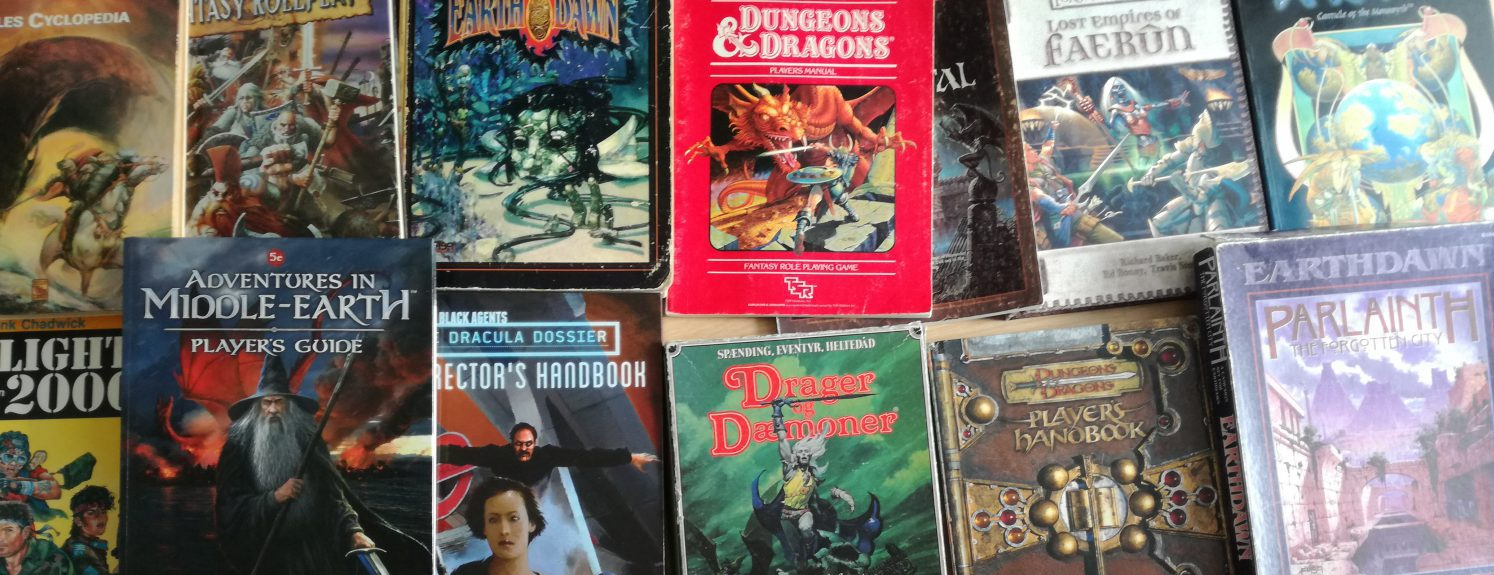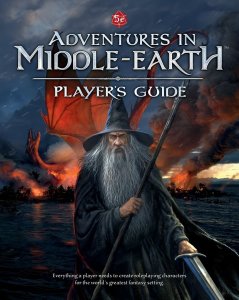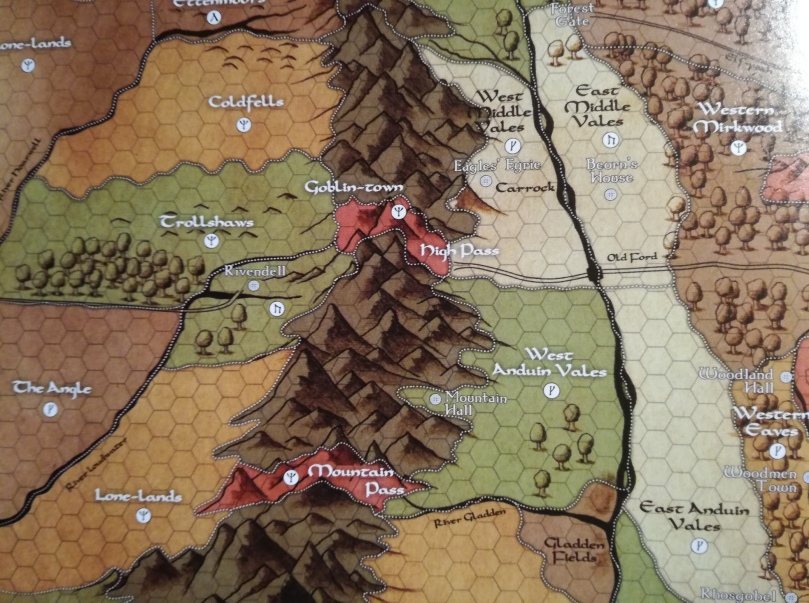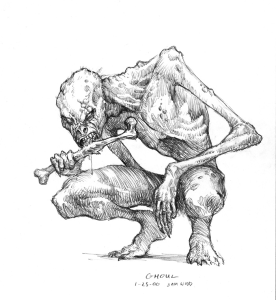This is a recap from my home-brew campaign the Fallen World. It is an exploration focused campaign, with plenty of dungeons and dragons. Seven characters have been chosen to go to the first colony on a newly discovered continent. Their homeland and allies have been in a protracted war with the Hrran Hegemony for 30 years, and both sides of the conflict are heavily strained. The Kingdom of Aquilar hopes the adventurers sent to the new world can find riches and powerful artefacts that can turn the tides of war in their favour.
This recap covers session 31-33. Characters are around 9th level.
My players decided to try and find Fort 25, which they had heard about in their exploration of Fort 27. They travel northwest through the thick forest for a few days and eventually arrive at the edge of another plain of ashes.
At this point they don’t know what created the plains, they are simply aware that these locations have a thin barrier to the Elemental Plane of Fire and that magic can be erratic there. So, they resolutely begin exploring it.
For the plains I had created a list of encounters that were more substantial than monsters, but weren’t so elaborate that I would hate to not use them. The core monsters were ashen zombies and wights. The zombies I had already used previously in a similar area, so the characters had an idea of what they were getting into.

Their first encounter turned out to be a roleplaying encounter. They find a mining operation being undertaken by a group of Azers. As they only speak Ignan, and the characters don’t the druid summons a fire mephit, which he can use for translation. I found that quite inventive and fun to role-play. They agree to buy a magical shield, as the Azers are looking for gold (which I reasoned was hard to find at the elemental plane of fire, due to the temperature…). And they agreed the Azers would craft a magical weapon for them paid with substantial amount of gold – for an upfront payment of half – and promised to return to trade for it.
The following encounter was a ruined elven town half buried in the ashes. They found an ancient shrine, where a prayer boosted Korrick (20 temporary hit points) and they were attacked by Ashen Wights and Zombies (inspired by Skyrim). It was foreshadowing for a ‘boss encounter’ at the fort.
They also located a tunnel leading into the hill, where they find a sealed door. Behind it the elves buried murderers, and they have turned to wraiths. A tough fight ensues, but the group manages to win and recover a Dagger of Venom and a Periapt of Proof against Poisons (which turns out to be quite handy later in the campaign).
Arrival at the Fort
After a long rest, they continue towards the middle of the plains. From afar they see what looks like a big tower of iron girders atop a hill. It turns out that the fort is on the hill, and that the iron tower looks like the remains of a giant immovable trebuchet, and the group has a hard time figuring its purpose, as it cannot really be aimed.
The fort, like the previous one they encounters, has an underground component, but when they try to get in, they are attacked by more Ashen Wights. The wights are nasty, as they all have the equivalent of a fireshield, and one of them is a sorcerer with a fire elemental and the commander is a powerful melee combatant.
For some reason, despite all the hints, only the druid has some kind of fire protection, but they manage to defeat the wights. Particular the Abjurers use of counterspell has a deciding effect on the battle, as he keeps the sorcerer from dishing out a lot of fire damage. They recover a scimitar +2 that does an extra D6 damage against abominations among a couple of other items.
Inside the fort they find a number things: They find the covered corpses of dozens of elves which they – wisely – let rest in peace.
They find a war-room with a sand table, where they can see the miniatures used by the generals that represents skeletons, elves and abominations (beholders and mindflayers), and it is clear that the elves and skeletons were allied against the abominations.
At the end of a large chamber there is a door, and the entire end of the room is covered in a mystical lattice-web that turns out to be an intelligent ward.
The Intelligent Ward

This encounter is set as a skill challenge, and I inform the players, that they will automatically get the door open, but how well they perform against the ward will determined how hard, what happens on the other side, is. And that if they fail 3 checks, it will be pretty bad…
I use the Matt Coleville version of the skill challenge, where players can try any skill they can explain, but only use the same skill once.
They begin engaging with the ward, and fail the first roll, which results in a power surge from the ward (lightning bolt), the second roll succeeds, but the third roll also fails (which sends a ray of radiant power at the player), and finally Arak the War Cleric decides to brute force the door, which succeeds. Which means they have 2 success and 2 failures. The consequence is that they face 3 stone golems on the other side, instead of the potential 4.
I’ve modified the golems by giving them ranged spells, lightning bolts and sunbeam with a recharge, to make things more interesting and give them some tactical flexibility. The house rule is also that they need enchanted adamantine to penetrate their damage resistance.
The group fights quite smart, and the wizard use Bigby’s Hand to contain one golem at range. But the other two engage in melee and casts Slow, which the melee characters find very annoying.
The stone golem damage output is quite intense, but I don’t roll above average. A crit deals 52 damage to the War Cleric, which commands respect.
Ultimately, they defeat the golems, but it was clear that one additional golem would have been too much for them to handle. It was a good encounter, because it balanced on the edge, and they could see the consequences of previous actions and their spell abilities added some unpredictability for my experienced players.

After defeating the golems they don’t find any significant treasure, but instead a large insulated box with another box suspended within that once contained a sphere around 2 feet in diameter. Alongside the box there are instructions for this device, which is an Orb of Sundering (basically a nuke) and orders for the general of the army to deploy it. The implication is that the elves and their allies had to use desperate measures in their attempt to survive.
As the homeland of the characters are in a big war, such a weapon has military potential, along with moral issues, if they could locate a Orb of Sundering.
A Side Note:
The wizard is finally able to cast Legend Lore, which begin to reveal things about their items, and potential quests, including an item, which was part of the wizard’s backstory.
One of the more important items is a silver rod, found with the first Sister of Sorrow that turns out to be a key.
“Created by High Mage Izenova as one of four keys to defend the Towers of the Stars. The silver key unlocks the second ring. Illuminated under Mur’s eye, in one of her sacred sites, you may bond yourself to its purpose.“


 The game is published by
The game is published by 
 The most significant ‘new thing’ in the game, in my view, is a system for journeys. I won’t go into the detail of the rules, but whenever the group needs to travel to an adventure location, they need to use the journey rules, in place of the regular overland travel and random encounters described in D&D.
The most significant ‘new thing’ in the game, in my view, is a system for journeys. I won’t go into the detail of the rules, but whenever the group needs to travel to an adventure location, they need to use the journey rules, in place of the regular overland travel and random encounters described in D&D.
















